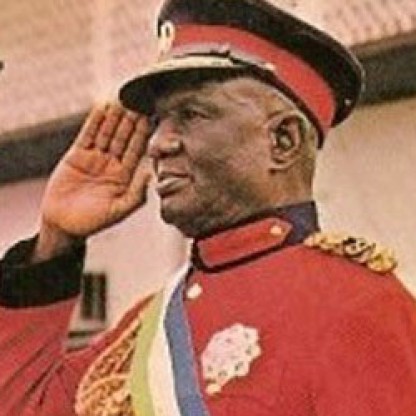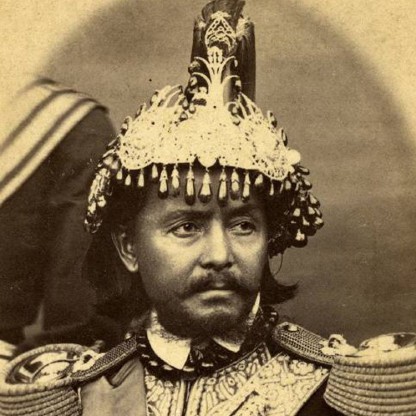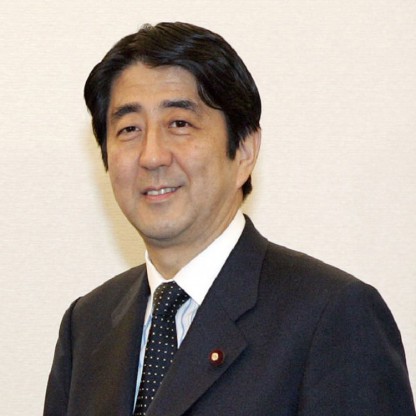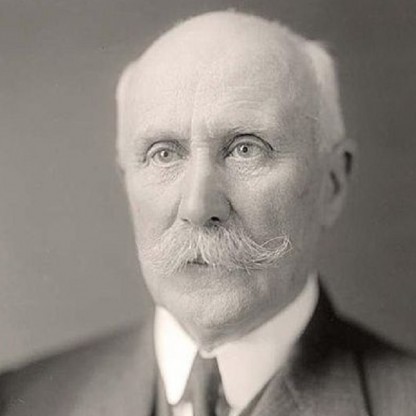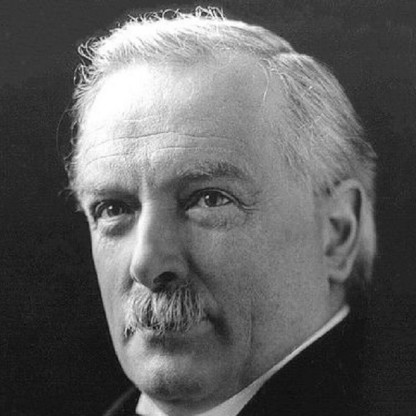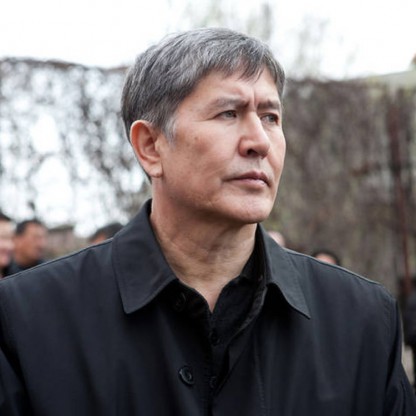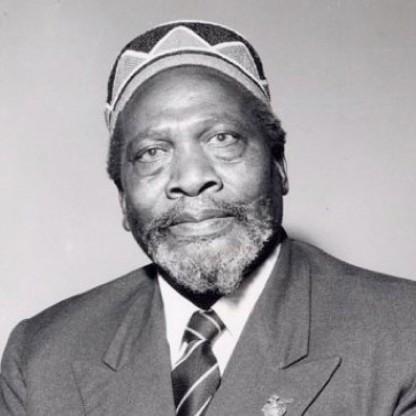Among his close associates sent to the gallows were John Amadu Bangura, who had once plucked Stevens from political oblivion when the army obliterated civilian politics after the 1967 Huha elections; at that time, Stevens had been down and out, living in exile in Conakry, Guinea, with his main remaining option, a planned assault on the sovereignty of Sierra Leone and her citizens. Bangura was to be the ring leader, but the plan never materialised because of a coup headed by Bangura. Bangura, in turn, handed over power to Siaka Stevens as prime minister (Kpana:2005).

